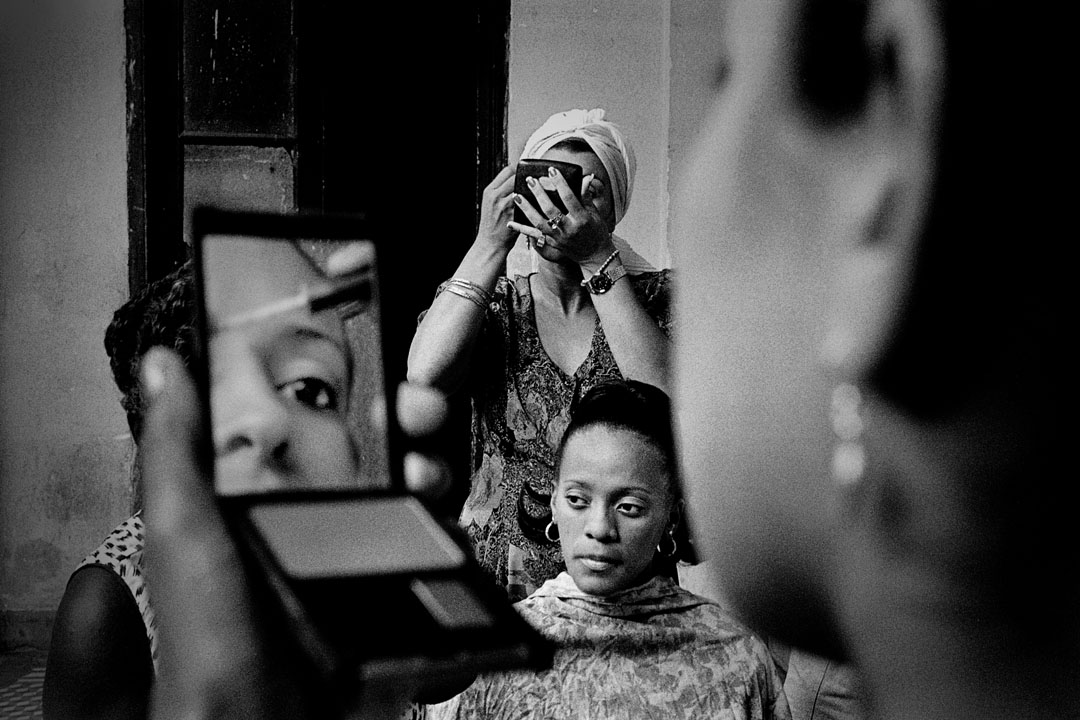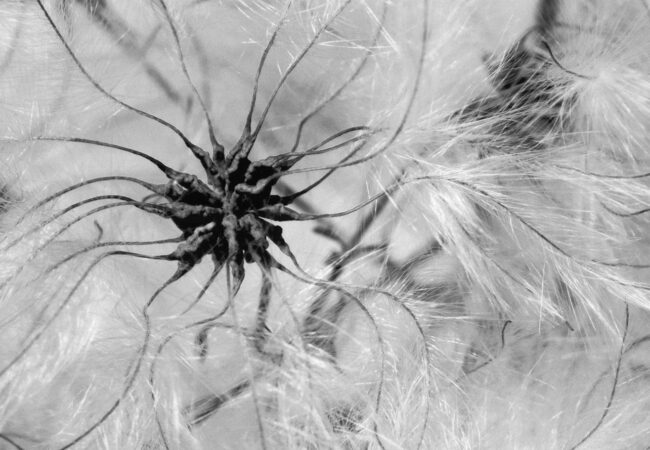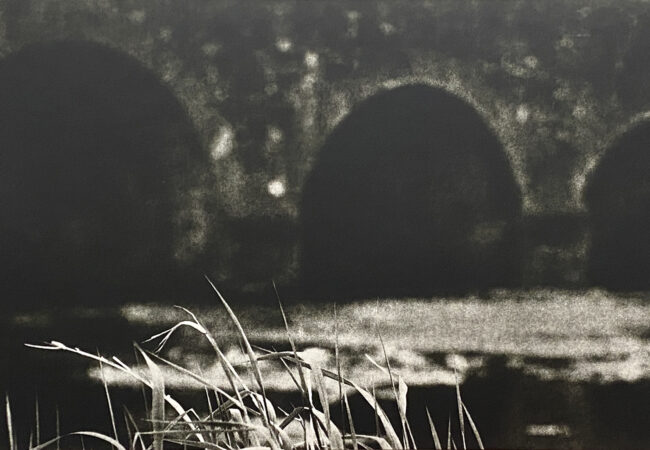Centre for Contemporary Photography. Fitzroy 28-29 July 2018 Les Walkling’s…

Call for Entries: Head On Photo Awards 2024
‘Australia’s leading International Photography awards are back for 2024, with a prize pool of over $80,000 across three categories: Portrait, Landscape, and Exposure. Join the ranks of accomplished photographers and be exhibited on a global platform.
All genres, interpretation and styles are eligible. International and Australian photographers may submit, so you can enter no matter where you live in the world. Finalists will be exhibited in Head On Photo Festival across Iconic Sydney locations.
Prizes
- Judged without artists’ names to ensure equal opportunity
- $80,000 prize pool including cash and product
- One overall winner and two runners-up per category
- 100 finalists
- 200 semi-finalists
- Featured exhibition of all Finalists’ works in Head On Photo Festival 2024 in print and online
- Inclusion in the Head On Photo Awards 2024 hard-cover 120 page catalogue’ Head On Photo Festival press release.
Entries close 18 August 2024. More information: Head On Website.
Photograph above: Javier Arcenillas, Courtesy of the Head On Foundation.
Next Post: Folio: Charles Millen
Previous Post: Workshop: Nightscapes and Astrophotography




Not wishing to knock Head On in any way, film photographers/printers should note that exhibited work is digitally printed which is a shame.
Mat, I’ve asked Calum Boland from Head On Photo Awards to respond to you. Yes you’re correct these awards are solely for digital prints. Unfortunately this is a growing trend in photography. If you look at who sponsors such events/prizes/awards you’ll see why. Inkjet paper suppliers, digital printing labs and manufactures of ink jet printers now dominate most of public galleries and their events. It’s much easier for events such as Head On to select images electronically and print them digitally. Photography has been downgraded enormously in Australia. The embarrassingly bad Photo 24 in Melbourne that looked more like advertising posters is an example.
However, there are a number of large format photographers who (mainly) work in colour who send their film to labs for processing (some even to the USA) then scan their work and print digitally. This type of event is relative to them and is why it has been posted on View Camera Australia.
Hey Mat, You’re correct we do print digitally for the awards. We print digitally for a few reasons.
The majority of the festival is exhibited outdoors for which we print on vinyl. This allows us to maximise viewership and ensure that the largest number of the general public get to see and enjoy the work on display. We also don’t want to damage any original works, and digital printing means that we can fix any issues that may occur during install or damage received during the festival a lot faster. As a small team, it is unfortunately a lot more practical to organise the Awards and Festival through online images and digital prints.
We work with excellent professional printers who have consistently produced high quality work for the Head On Photo Awards, if the work printed wasn’t good enough, then we wouldn’t display it. There have been some brilliant film photographs that I have had the pleasure of seeing in previous festivals.
Ultimately, it is a compromise between achieving the highest quality image and delivering the best-quality festival and, though it’s not ideal for film photographers, we work hard to ensure that the image we print is the highest calibre possible.
Cheers Calum,
Thanks for the reply. I totally understand your rationale for printing digitally and the reasonings behind it. I also appreciate that hosting an event like the Head On photographic festival is a tough gig, no mean feat and it does require some compromises to be made.
If I were to hazard a guess, I would say that the readership of VCA, would give equal consideration to the ‘content’ of a photograph as they would to it as a ‘physical object’, with all the attributes and craft associated with a variety of different printing methods.
Some might therefore say that printing digitally provides only half of story, a facsimile of sorts. This is in no way meant as a criticism, but hey, we got to stick together, film photography and traditional printing is a real tough gig too!
So, the million-dollar question can only be, does Head On envisage an inclusive time that moves beyond just digitally printed work?
Best
Mat